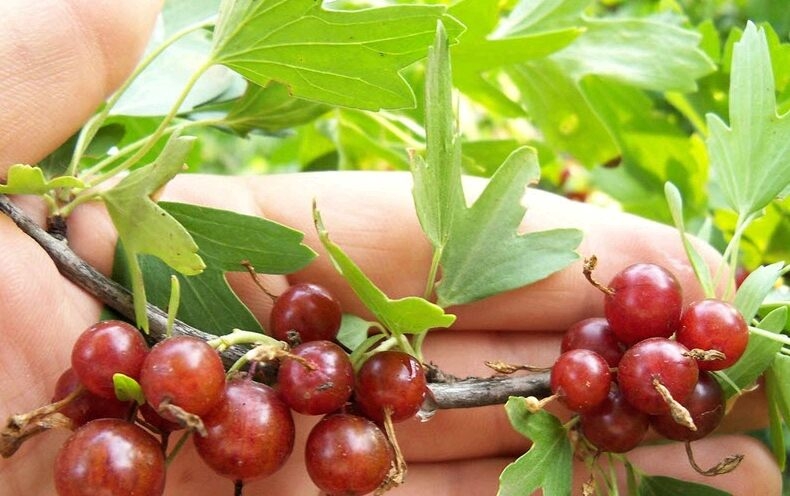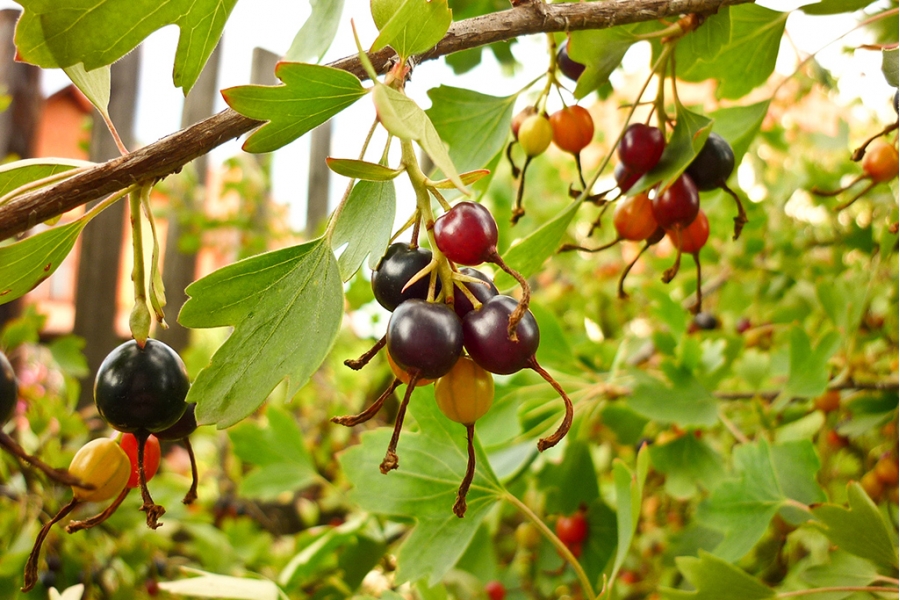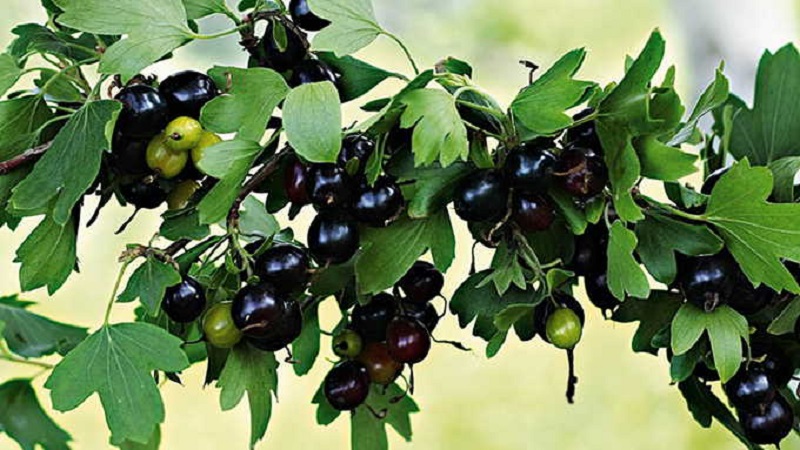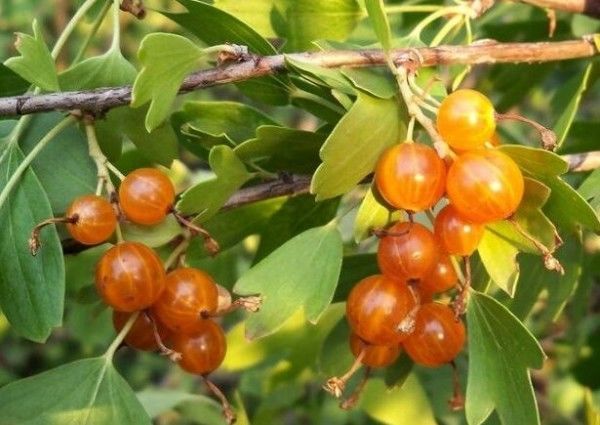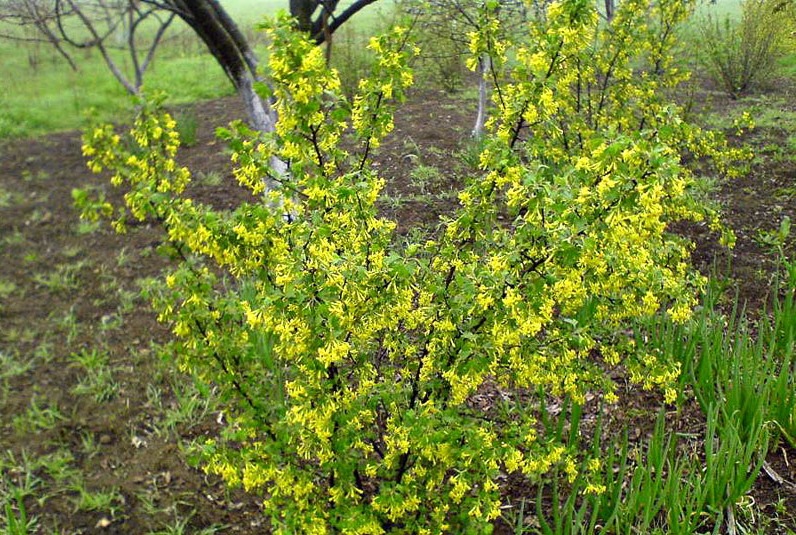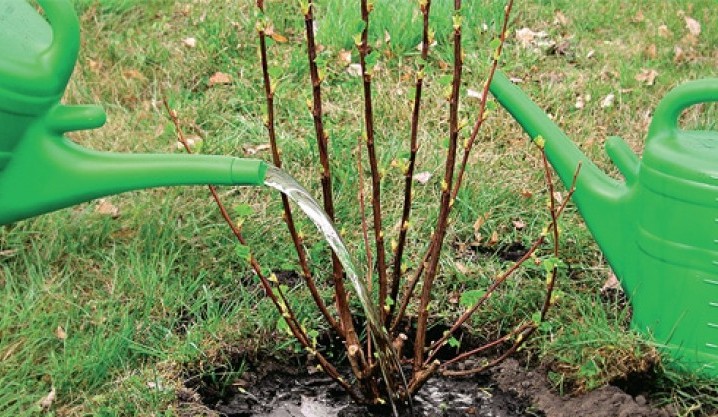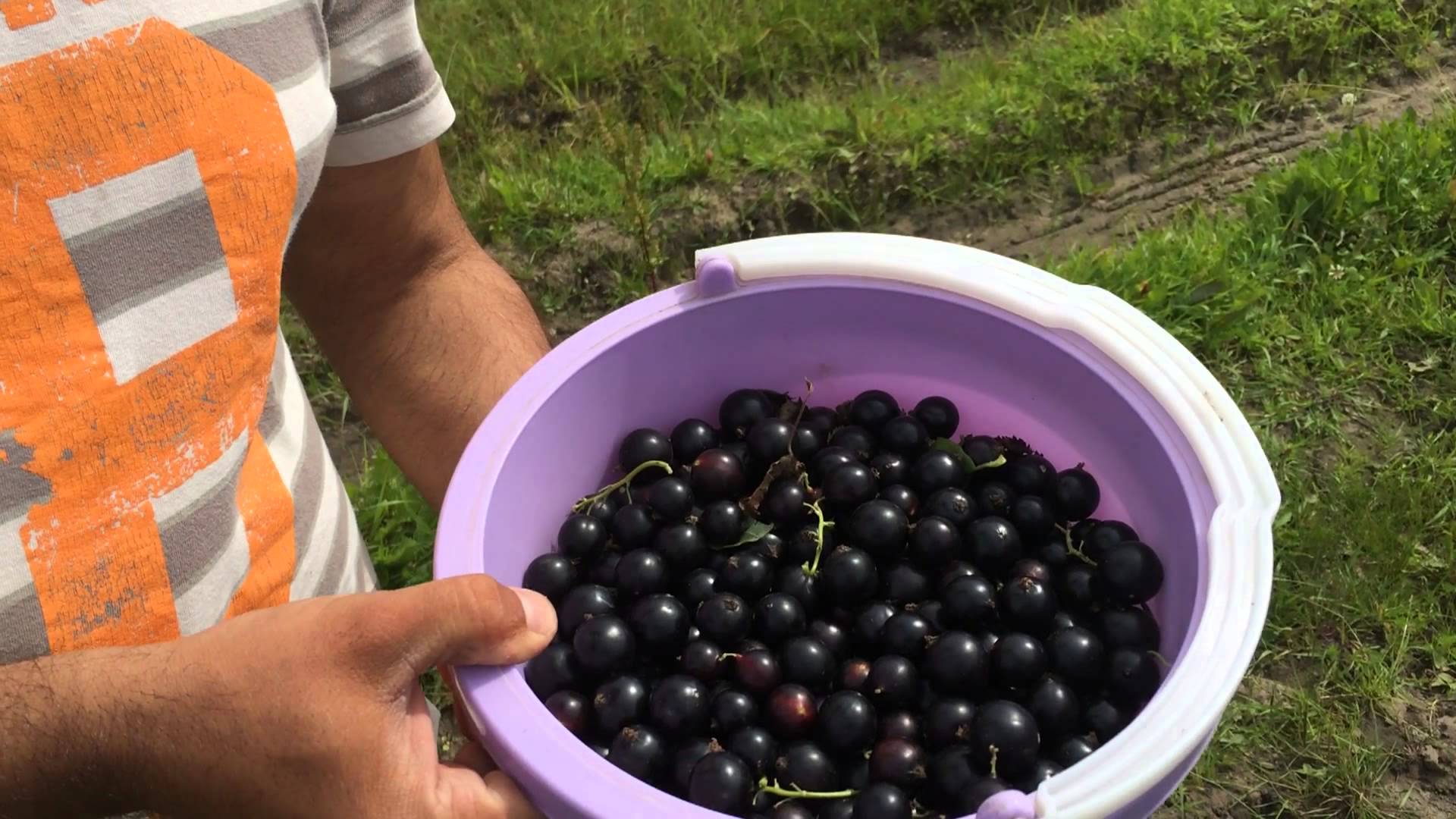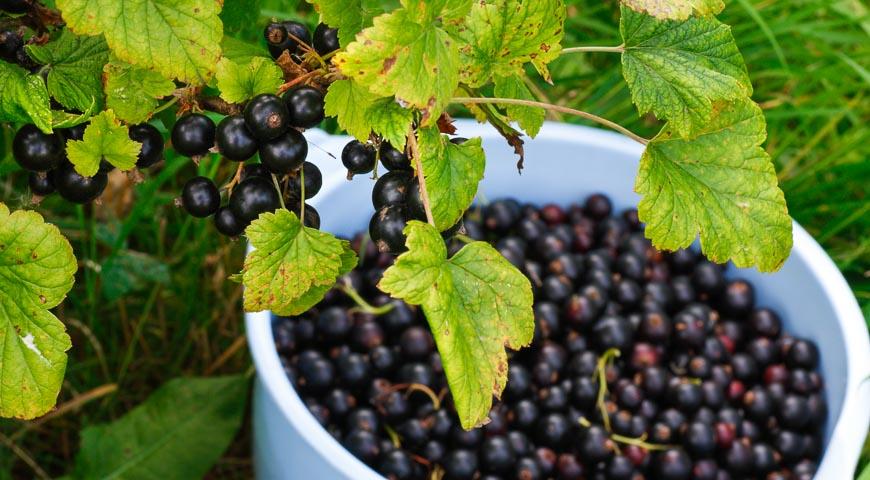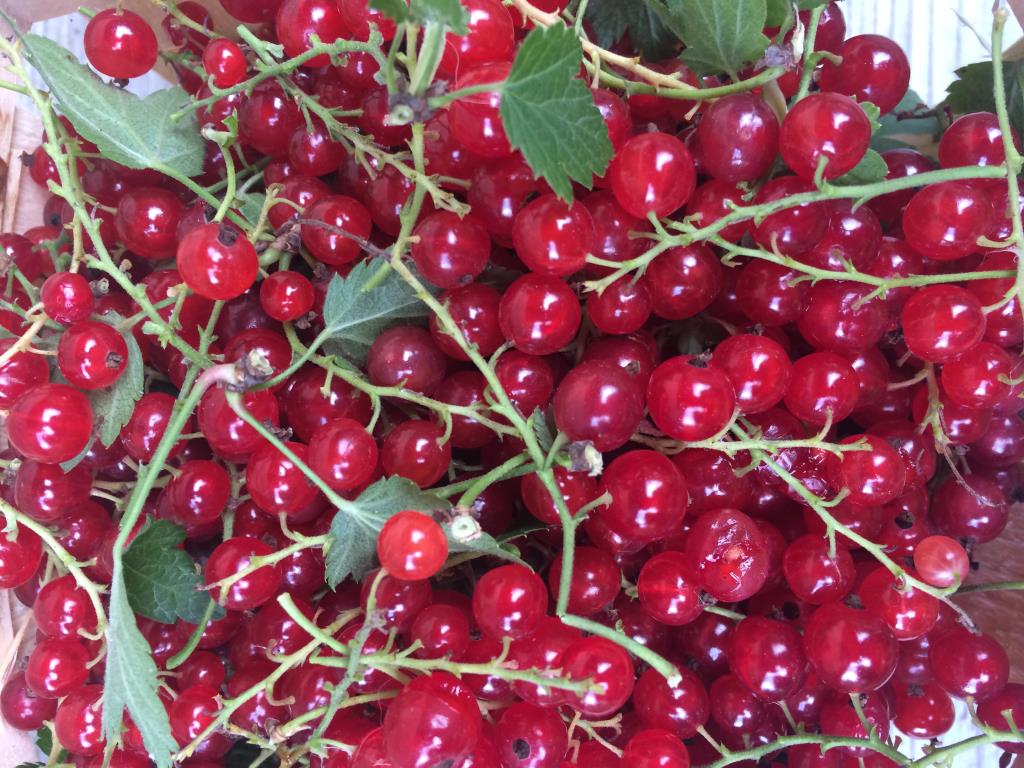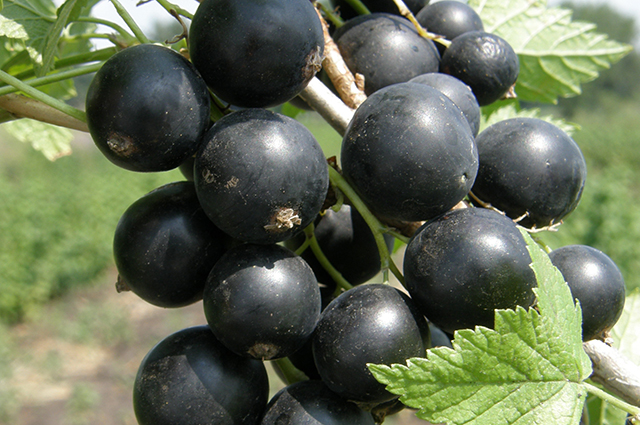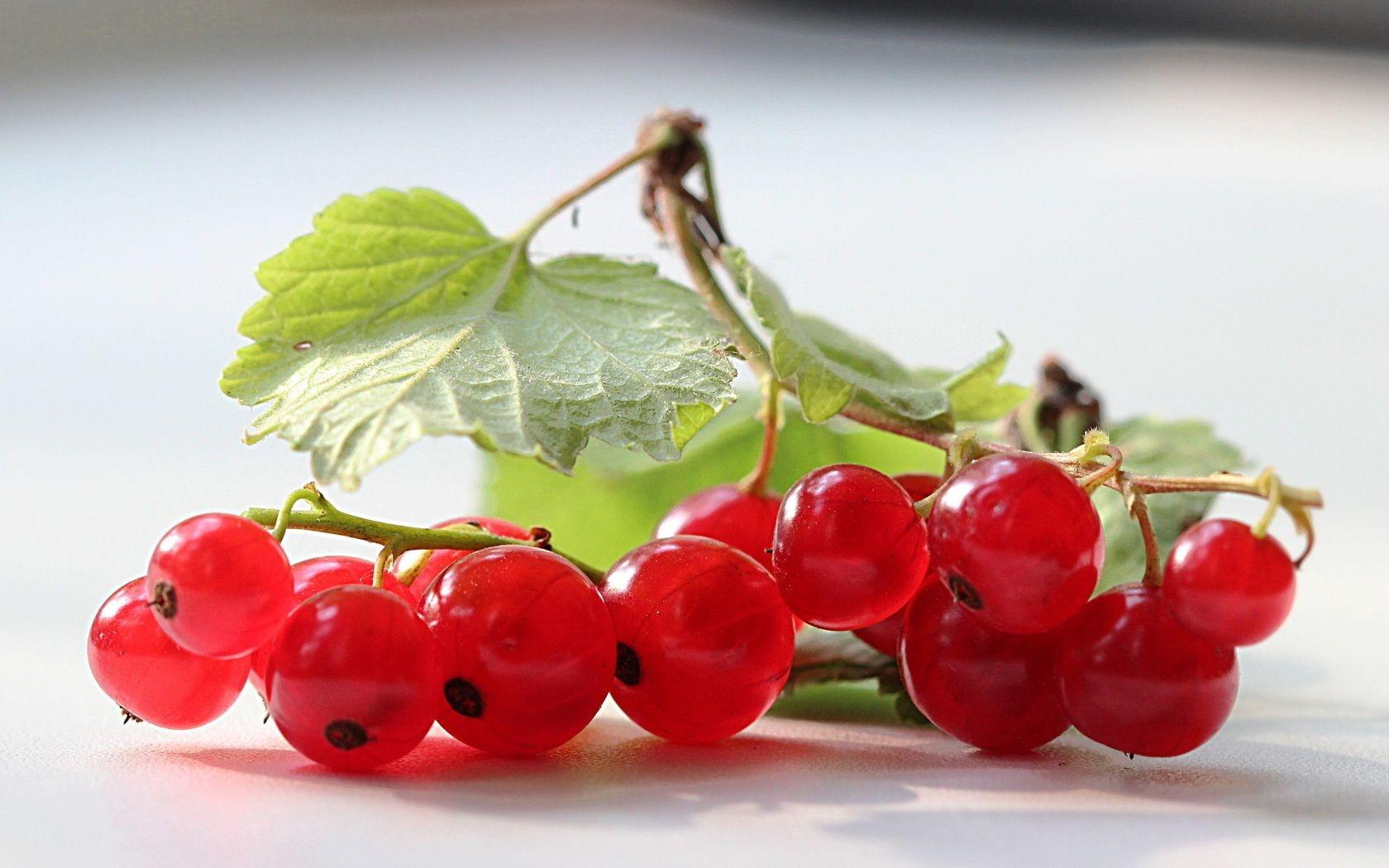Content:
Currant is not a rare guest on domestic garden plots. The culture belongs to the Kryzhovnikov family. The plant was grown in the days of Ancient Rus. According to chronicles, in the 11th century, it was often found in the monastery gardens.
Currently, not only black, red and white varieties of berries are grown in our country, but also its very original form - golden currants.
Features of golden currant
Golden or yellow currant (another name is Chinese currant) is a low-branched shrub with a fairly powerful root system, the length of which can reach one and a half meters. The plant grows to an average height of 240 cm.
The culture blooms with tassels of 5-14 yellow flowers. The leaves are three-lobed, up to 5 centimeters long. Berries for currants do not look quite typical. Their tail does not come off, and the berries themselves can be not only round, but also slightly elongated. Despite the fact that the epithet “golden” or “yellow” appears in the name, the color of the fruit can vary from black or deep purple to slightly yellowish. The size of the berries is a cross between gooseberries and currants. As for the taste, it may seem unusual for a person who is used to eating black currants.
Gold currant has a hard skin and is virtually odorless. Its berries tolerate transportation well and are well stored. The fruits of the culture are suitable for eating not only fresh, but also in the format of jams, preserves and compotes. Despite the fact that gold currants contain 3 times less vitamin C than traditional black currants, they are far ahead in terms of carotene content. Perhaps, the described culture will not be able to completely replace black currants in the foreseeable future, but it will become an excellent addition to it.
Golden currant varieties
There are not so many varieties of golden currant that can be cultivated in our country: Shafak, Venus, Ermak, Muscat, Isabella, Laysan. Some gardeners include a culture like yoshta here. But in fact, it is a hybrid of currants and gooseberries and is, in fact, a completely different species. It makes sense to consider some of the above yellow currants in a little more detail.
Shafak
Shafak currant belongs to the varieties of the middle late ripening period. This is a fairly heat-resistant crop that does not tolerate cold too well, but it has a high resistance to most currant diseases and pests. The average yield of Shafak varies from 5 to 8 kilograms of berries per bush. The fruits are characterized by good transportability. The cultivation of the variety is possible in different regions of the country. In particular, the middle zone of Russia is excellent.
The variety is characterized by an average bush size. The stems have drooping tops.The leaves are green, three-lobed, small in size, with a matte pubescent plate.
Venus
Venus yellow currant has an average frost resistance. If the winter is especially harsh, the upper annual buds can freeze without shelter. But the heat resistance of the plant is simply wonderful. Venus currant care is minimal. The variety gives a good harvest - from 5 to 8 kg per bush. The shrub itself is raised, pyramidal, weakly branched. Shoots are fairly pale and medium in size. The leaves are green, three-lobed. Fruits ripen in clusters 3-4 cm long. Each cluster has 6-7 fruits. The berries themselves are most often black with a shiny sheen, delicate rind, taste with insignificant acidity. Ripening of this currant variety occurs at a time.
Muscat
Muscat is another yellow currant variety dating back to the middle ripening period. Resistant to frost, as well as most diseases and pests. It is characterized by a compact, but at the same time quite tall bush. Stems are yellow-green, of medium thickness. Muscat leaves are green with a slight yellowness. The plant blooms with large yellow flowers. The berries are large, slightly flattened, black in color and with a medium density peel. The average fruit weight is 1.3 g. The taste of berries is slightly honeyed with a nutmeg aroma.
Laysan
The Laysan variety of golden Michurin currant also belongs to the middle ripening period. The plant has a high resistance to heat and drought. Laysan currant is practically not susceptible to disease and invasion of harmful insects. From one bush per season, you can collect from 9 kg of berries.
The shrub is usually quite vigorous and medium spreading. Stems are smooth with dark red tops. Leaves are standard size, three-lobed green. The berry weight can vary from 1.3 to 2.8 g. The Laysan variety can be stored well and tolerates transportation well, including over long distances.
Agrotechnics
Planting golden currants
Planting Siberian Sun currant (golden currant) can be done as soon as spring comes. It is allowed to plant a plant in the ground in the early autumn period. In the latter case, it is especially important to correctly guess the time so that the culture can successfully take root before the frost begins.
The growing season for golden currants lasts from April to September. Planting the plant should be done either before it starts or after it ends.
But if you buy seedlings ready-made in the nursery (as a rule, they are sold with a closed root system in pots), then planting is allowed at any warm season. The seedling must necessarily be healthy in appearance, and its root system must already be overgrown. The plant itself must have at least three shoots.
The shrub grows well both on the lowlands and on the slopes. Culture has no special requirements for land. The soil can be poor, sandy or clayey. The only thing is that if the soil contains an insufficient amount of nutrients, it is strongly recommended to fertilize it. To do this, immediately before planting the currants, they dig a small depression with parameters 50x60 cm and fill it with compost with the obligatory addition of ash and superphosphate in an amount of 200 g. After that, the seedlings of golden currants are placed according to the 2.4x1 m scheme.
Care rules
The benefits of golden currants are obvious. But for this amazing ornamental variety to give a good harvest, it must be properly cared for.Maintenance usually refers to regular watering, several pruning, fertilizing and loosening the row spacing.
Pruning
Those branches should be cut off from the plant, which contribute to the compaction of the shrub and do not allow sunlight to enter the core of the planting. In addition, dried, diseased shoots, as well as branches older than four years, are subject to mandatory removal.
If we talk about rejuvenating shrub pruning, the recipe for this procedure and its description is somewhat different from a similar manipulation with black and red currants. Since the peak yield of golden currants is usually observed on trees that have already reached three or four years of age, pruning should be done with this significant fact in mind. This means that in the first year of life, the culture should not be cut at all. In the second year, small and thin basal shoots are shortened by a third of the length, leaving only the healthiest, strongest and most branched ones intact.
In the third year, all last year's shoots and from 4 to 6 annual branches are left. As a result, by the fourth year of life, a golden currant bush should have from 20 to 30 stems of different ages. All branches that are more than 4 years old are removed during the annual sanitary pruning process.
Watering
Too abundant watering of golden currants is not required. Moreover, almost any description of the variety contains a mention that the plant is resistant to arid growing conditions. As a rule, the culture is sufficient for the normal growth of occasional rains. But if the heat is during the ripening of the fruits, special irrigation and watering are unlikely to be superfluous.
Reproduction
Reproduction of the culture is most often carried out by means of root shoots. Sometimes other breeding methods are used for this purpose, for example, using seeds and cuttings.
Pest control
Since the culture has one important property - high resistance to diseases and harmful insects, there is practically no fight against the indicated misfortunes. As a rule, it is enough to comply with the cultivation agrotechnology, thorough digging of the soil in the spring and autumn periods, and also provide the plant with acceptable care.
In recent years, golden currants have become an increasingly frequent guest on the garden plots of domestic gardeners. And this is not surprising - the culture is very useful, and even the most inexperienced gardener can cope with planting and growing it without problems.
